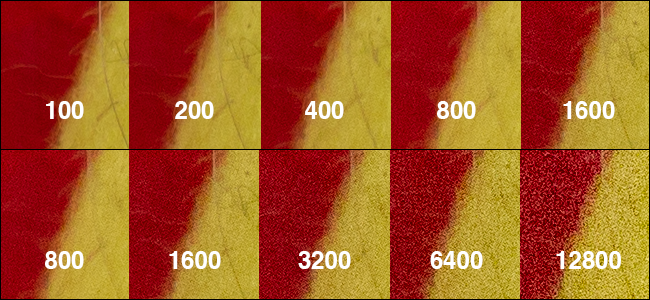
ISO is the one camera setting you can change without it affecting how your image looks too much, at least for lower values. At higher values, visible digital noise can become an issue. So, let’s look at how to choose the right value for different situations.
RELATED: Your Camera’s Most Important Settings: Shutter Speed, Aperture, and ISO Explained
The Default: Your Camera’s Base ISO

Every camera has a base ISO. This is the baseline sensitivity of the sensor, and it’s the value at which it operates best with the highest dynamic range. At every other value, the camera amplifies the signal generated by light hitting the sensor which in turn amplifies the amount of digital noise in the image.
For the vast majority of DSLRs and mirrorless cameras, the base ISO is 100, although a few high-end Nikon cameras have a base ISO of 64.
The base ISO isn’t necessarily the lowest ISO setting. For example, my Canon 5D III has an ISO 50 setting, but this is achieved by reducing the gain on the sensor.
Since you get the highest quality images at the base ISO, it should be your default for any situation you can use it. If you can get the shutter speed you want and the aperture you want with ISO 100 (or ISO 64, check your camera’s manual to be sure), then that’s what you should use.
Note: The image above was shot on a Canon 650D at ISO 100. The sample images for each ISO value below are cropped versions of the same image shot at the stated ISO value.
ISO 200-800
Read the remaining 19 paragraphs
Source: How-To Geek